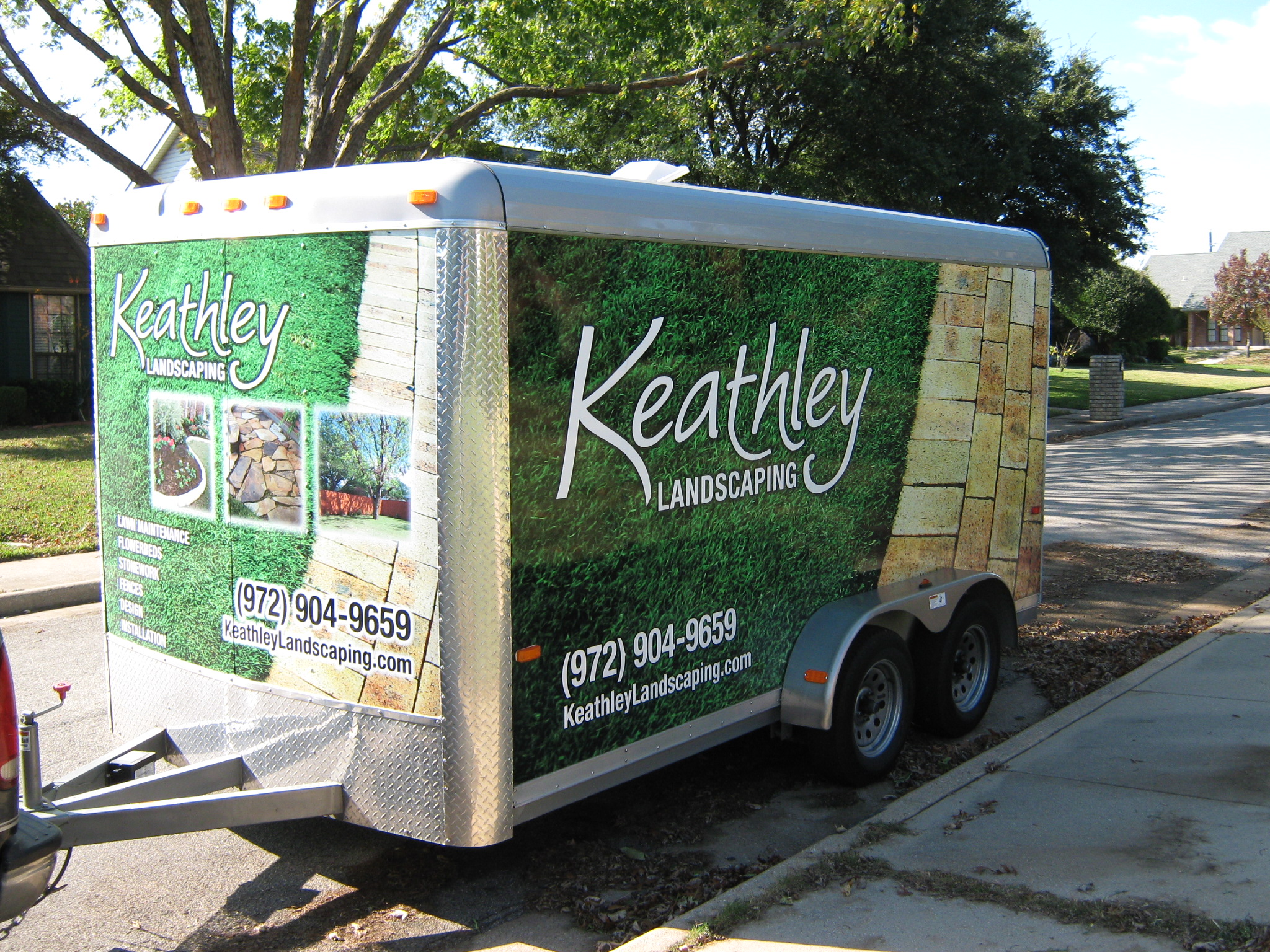Yard Drainage: The Art of Redirecting Water
Managing water in your yard can sometimes feel like an art form. Whether you’re dealing with a swampy lawn or trying to prevent water from creeping into your basement, yard drainage is essential for maintaining a healthy and beautiful outdoor space. Let’s dive into the world of yard drainage and explore practical solutions to keep your yard dry and thriving.
Table of Contents
2. Identifying Drainage Problems
3. Effective Drainage Solutions
5. Conclusion
6. FAQ
Why Yard Drainage Matters 🌧️
Yard drainage is crucial for several reasons. Poor drainage can lead to waterlogged plants, soil erosion, and even structural damage to your home. By redirecting water effectively, you can prevent these issues and maintain the integrity of your landscape. Plus, a well-drained yard is more enjoyable and functional for outdoor activities.
Identifying Drainage Problems 🔍
Before you can fix drainage issues, you need to identify them. Here are some common signs:
• Puddles that linger long after a rainstorm
• Water stains on your foundation
• Mold or mildew in your basement
• Erosion or bare patches in the lawn
Once you spot these signs, it’s time to dig deeper and understand the root cause of the problem.
Effective Drainage Solutions 💡
There are several ways to tackle drainage issues. Here are a few popular solutions:
1. French Drains
A French drain is a trench filled with gravel or rock, containing a perforated pipe that redirects water away from your home. It’s perfect for dealing with surface water and preventing basement leaks.
2. Rain Gardens 🌿
A rain garden is a shallow depression planted with native vegetation that absorbs rainwater runoff. Not only does it help with drainage, but it also adds aesthetic value to your yard.
3. Dry Wells
Dry wells are underground structures that collect and disperse stormwater. They’re ideal for areas with heavy rainfall and can prevent flooding by temporarily holding water.
DIY vs. Professional Help 🛠️
While some drainage solutions can be tackled as DIY projects, others might require professional expertise. Consider the scale of your drainage issue, your budget, and your comfort level with DIY tasks. For complex problems or if you’re unsure, hiring a professional can save time and ensure the job is done correctly.
Conclusion
Proper yard drainage is essential for protecting your home and enhancing your outdoor living space. By understanding the importance of drainage and exploring effective solutions, you can transform a soggy yard into a dry and welcoming environment. Whether you opt for a DIY approach or seek professional help, taking action will lead to a healthier and more enjoyable yard.
FAQ
Q1: How can I tell if my yard has drainage issues?
A1: Look for persistent puddles, water stains on your home’s foundation, and signs of erosion. These are indicators that your yard may have drainage problems.
Q2: Are French drains effective for all types of soil?
A2: French drains work well in most soil types, but their effectiveness can vary depending on the soil’s permeability. It’s important to assess your specific conditions or consult with a professional.
Q3: Can I install a rain garden myself?
A3: Yes, a rain garden can be a DIY project if you have basic gardening skills. However, understanding the flow of water and selecting the right plants are key to its success.
Q4: How often should I maintain my yard drainage system?
A4: Regular maintenance is crucial. Check your system seasonally to ensure it’s free of debris and functioning properly, especially before heavy rainfalls.
Q5: What should I do if my basement is already flooding?
A5: If your basement is flooding, it’s best to contact a professional immediately to assess and address the issue before it causes significant damage.






































Recent Comments